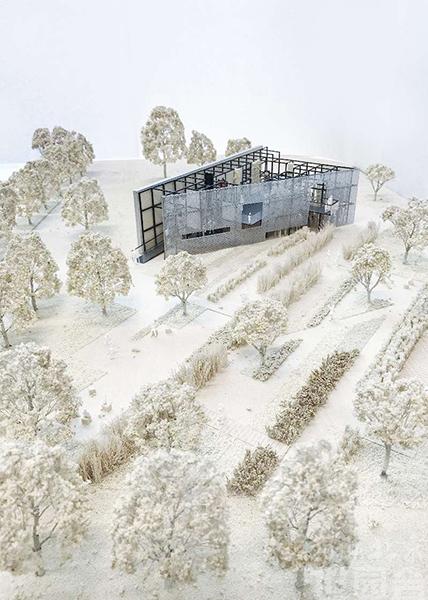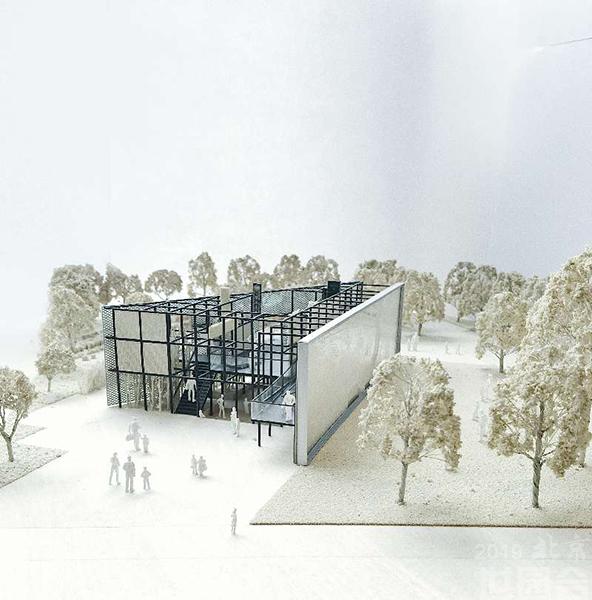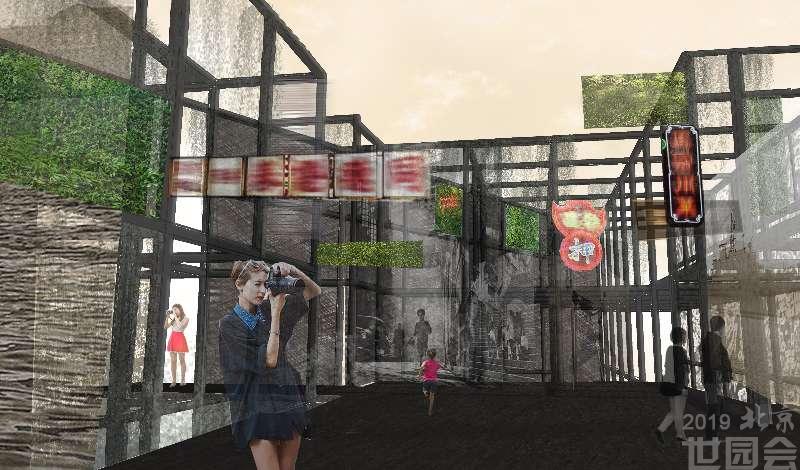

Main Venue Twelve Sights International Gardens Domestic Gardens Corporate Garden Masters’ Garden Specialized Gardens
Activity ServicesRecommended Itineraries Rental Information Retail Outlets Volunteer Service Transport Information
Online Expo Hi-tech Expo5G Sapiential Expo Robotics Internet of Things
Ticket Media CenterHong Kong Garden: Integrated Cityscapes and Multi-faceted Hong Kong
Hong Kong enjoys global fame as an international metropolis integrating Chinese and Western cultures and featuring unmatched diversity, fashionableness and vitality. Tourists to Hong Kong may be impressed by its highly concentrated living environment and countless skyscrapers. Living in such a populous metropolis, local residents naturally tend to long for a simple lifestyle close to nature, leading to the rise of urban farms. The concept of urban farming has taken root in a number of residential quarters in Hong Kong, in a bid to consolidate the relationship between man and nature and explore the possibility of promoting rooftop gardens, vertical greening, indoor farming and other ways to enhance efficient utilization of urban land.

Themed on “Contrasting City,” the Hong Kong Garden highlights the differences between urban and rural landscapes by displaying two contrasting fabrications: the urban structure and texture representing impression on Hong Kong and the Horticulture Garden imbued with a sense of simplicity. The design of the Hong Kong garden enables visitors to experience its landscapes while exploring Hong Kong’s rich, multi-faceted environment and distinctive urban-rural relations. Such a design aims to not only showcase the comparison between the urban and rural landscapes of Hong Kong, but also explore the feasibility of growing edible plants in densely populated cities, reinterpret the natural and aesthetical value of agricultural landscapes, and promote public awareness of urban farming and food urbanism.

The English word “horticulture” originated from the Latin word “hortus,” which means “garden” and “agriculture.”“Hortus” is homologous with “yard,” both meaning the “enclosed land around buildings.” The architects of the Hong Kong Garden are aware that the collaboration between architecture and landscapes is an important component of sustainable urban development, and thus combined the two in their design of the garden. The Hong Kong Garden features three major design elements and parts.
Architecture Exhibition Pavilion
Located at the entrance to the Hong Kong Garden, the Architecture Exhibition Pavilion is a steel structure abstractly demonstrating the highly concentrated cityscape of Hong Kong. The platform space in the pavilion features billboards and vertical greenings that are crisscrossed with each other, showcasing the cityscape with a strong Hong Kong flavor and the creative utilization of urban greening in high-density cities. The facade of the pavilion that faces the Horticulture Garden features a semi-transparent net, which looks like an enclosure frequently found at construction sites. It represents a transitional urban structure and marks that Hong Kong remains in a state of continuous transformation and adaption.
From the balcony of the pavilion, tourists can overlook the Horticulture Garden and neighboring landscapes in the Expo Park. The platform of the pavilion is decorated with many distinct neon billboards and diverse vertical greenings. The ground floor features a slightly sunken space, testifying to the typical multi-dimensional sense of Hong Kong and enabling visitors to have a more stereoscopic experience. The pavilion’s different facades vary in design, showcasing the diversified nature of Hong Kong.

Special Exhibition Wall
The Special Exhibition Wall, situated in the southwestern part of the Hong Kong Garden, is an attraction for bypassing visitors. It is also a favorite background for tourists to take photos. The exhibition wall showcases Hong Kong’s unique urban structure and landmark buildings in an abstract way. It inspires tourists to renew their established knowledge of Hong Kong from diverse perspectives.

Horticulture Garden
The Horticulture Garden features flower landscape, complemented by fruit trees as well as edible and medicinal herbs, in order to highlight the aesthetical beauty of such plants that are seldom used in urban greening and inspire tourists’ curiosity and love for these plants. They are planted in lines to collaborate with the Architecture Exhibition Pavilion and simulate the layout of croplands. The design of the architecture garden emphasizes a sense of vastness by using simple lines, which is in sharp contrast with the density of the Architecture Exhibition Pavilion.

Roaming through the Architecture Exhibition Pavilion and the Horticulture Garden, tourists may feel as if they were strolling through Hong Kong, a familiar and strange city. The Hong Kong Garden demonstrates a comparison between high-density cityscape and spacious suburban landscape.

 Explore new horizons, establish new models. 2019 Beijing Expo is about to closing
Explore new horizons, establish new models. 2019 Beijing Expo is about to closing 7.8 mln tourists visit Beijing horticultural expo
7.8 mln tourists visit Beijing horticultural expo "Macao Day" event held at Beijing horticultural expo
"Macao Day" event held at Beijing horticultural expo Zambia National Day event held at Beijing horticultural expo
Zambia National Day event held at Beijing horticultural expo Forum themed "A Promising Material" held at Beijing horticultural expo
Forum themed "A Promising Material" held at Beijing horticultural expo "Hong Kong Day" event held at Beijing horticultural expo
"Hong Kong Day" event held at Beijing horticultural expo Beijing horticultural expo holds "Ghana Day" event
Beijing horticultural expo holds "Ghana Day" event "Guinea Day" event held at Beijing Int'l Horticultural Exhibition
"Guinea Day" event held at Beijing Int'l Horticultural Exhibition "Britain Day" event held at Beijing horticultural expo
"Britain Day" event held at Beijing horticultural expo "Papua New Guinea Day" event held at Beijing Int'l Horticultural Exhibition
"Papua New Guinea Day" event held at Beijing Int'l Horticultural Exhibition